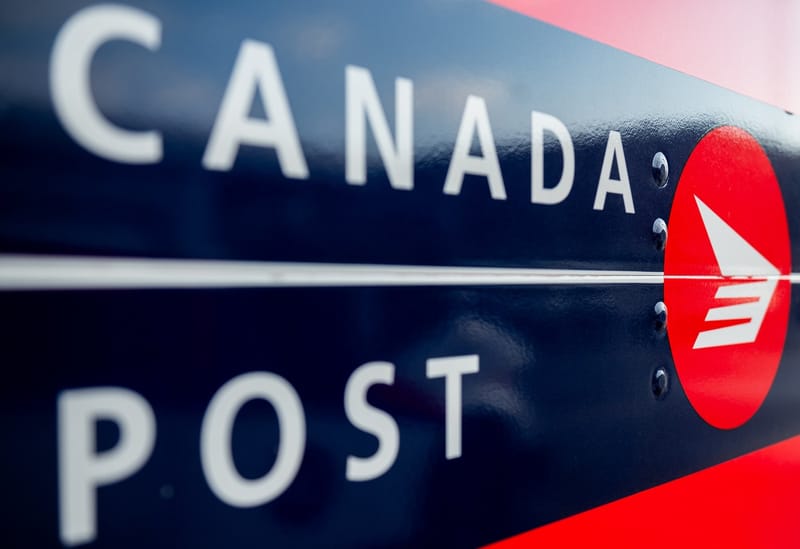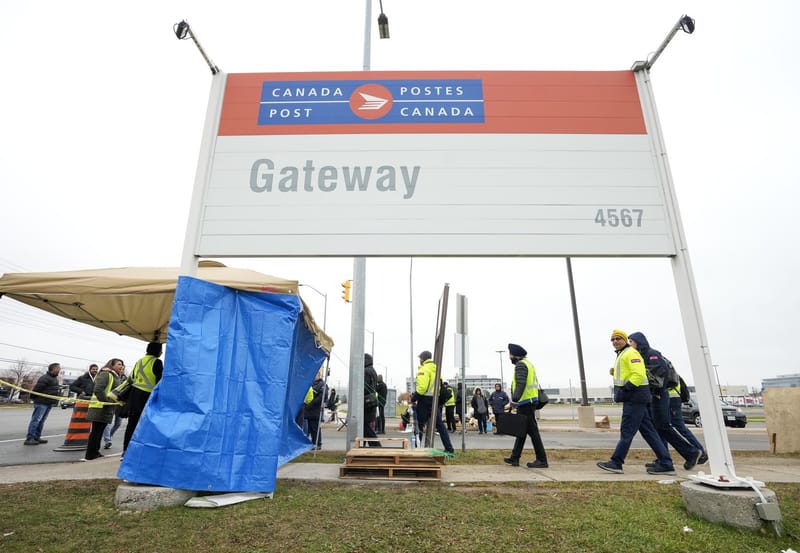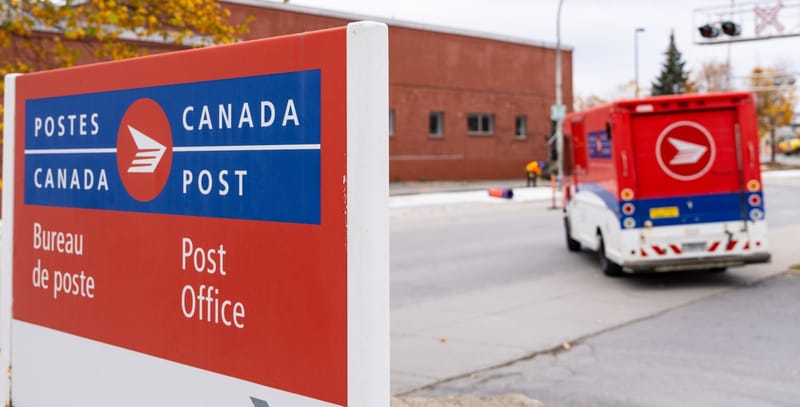Fine tailings leak nowhere near the maximum permitted, notwithstanding the assertions of the regulator
The AER applied this maximum daily amount on a monthly basis, significantly reducing the penalty by more than 95 percent, according to Drew Yewchuk, a former staff lawyer with the University of Calgary’s public interest law clinic.

The Alberta Energy Regulator (AER) could have imposed a penalty up to 26 times higher on Imperial Oil for tailings leaks at one of its oilsands sites in northern Alberta, according to environmental law experts.
When the AER announced a $50,000 administrative penalty for Imperial Oil, it claimed this was the highest base amount allowed under the Environmental Protection and Enhancement Act.
However, Nigel Bankes, an emeritus professor of law at the University of Calgary and expert in environmental and natural resources law, described this statement as “misleading” and “clearly wrong” in a phone interview with Canada’s National Observer.
The regulations actually permit a maximum administrative penalty of $5,000 per day for major violations.
The AER applied this maximum daily amount on a monthly basis, significantly reducing the penalty by more than 95 percent, according to Drew Yewchuk, a former staff lawyer with the University of Calgary’s public interest law clinic.
Yewchuk compared it to being charged for only 10 days after staying at a hotel for 10 months.
If the penalty had been calculated daily as per the legislation, Imperial Oil could have faced over $1.3 million in fines. For context, Imperial Oil reported $1.13 billion in profit for the second quarter of 2024.
The issue came to light last year when it was revealed that toxic tailings had been leaking from Imperial Oil’s Kearl site for nine months without adequate notification to downstream communities.
The situation was only publicly disclosed following a massive spill of 5.3 million liters in February, which was first noticed in May 2022.
The AER’s investigation is ongoing, and this penalty specifically addresses the seepage that began in 2022.
An AER spokesperson told Canada’s National Observer that administrative penalties are carefully assessed to ensure they are fair and proportionate to the violation’s severity.
The spokesperson reiterated that $50,000 was the maximum base penalty allowed under the regulation.
However, Yewchuk contested this, stating, “It’s absolutely not the maximum.”
The Alberta Energy Regulator (AER) stated that applying the maximum daily penalty would have resulted in an “inappropriately high response,” especially considering that the known environmental impacts of the contravention appear minimal so far.
However, the regulations focus on the potential for adverse effects, not the actual impact.
The AER argued that the $50,000 penalty was adequate to deter both Imperial Oil and the industry at large.
Drew Yewchuk, a former staff lawyer with the University of Calgary’s public interest law clinic, countered that this reasoning does not justify a 95 percent reduction from the potential penalty outlined in the regulations.
According to the regulations, the AER also has the option to impose a separate one-time penalty if a company gains an economic benefit from non-compliance.
The AER chose not to apply this option in Imperial Oil’s case.
While rare, such one-time penalties are not unprecedented; earlier this year, the AER imposed a $191,885 penalty on Tallahassee Exploration Inc. for failing to monitor and report methane emissions.
Yewchuk suggested that the AER could have assessed an economic benefit penalty for Imperial Oil based on the costs of increased monitoring and mitigation measures.
Additionally, while Imperial Oil was charged with two instances of non-compliance, the AER only fined the company for one.
For the second infraction, Imperial Oil was required to produce a “lessons learned” report and a plan to ensure tailings seepage mitigation and monitoring by November 1.
The company was also tasked with developing a research plan on the environmental impacts of oilsands tailings water.
Yewchuk criticized this as insufficient, noting that monitoring and researching tailings are part of the company’s routine responsibilities.
“They’re supposed to be monitoring and researching how to handle tailings. They haven’t done it,” he said.
The 40-page decision revealed that the AER initially suggested a $51,000 penalty before receiving Imperial Oil’s submissions and ultimately reduced it by $1,000.
Yewchuk found this unusual, noting that he expected the AER might have suggested a higher amount and then reduced it based on Imperial Oil’s arguments.
This summer, Laurie Pushor, president of the AER, announced that he will not return to his role when his contract expires in April 2025.





